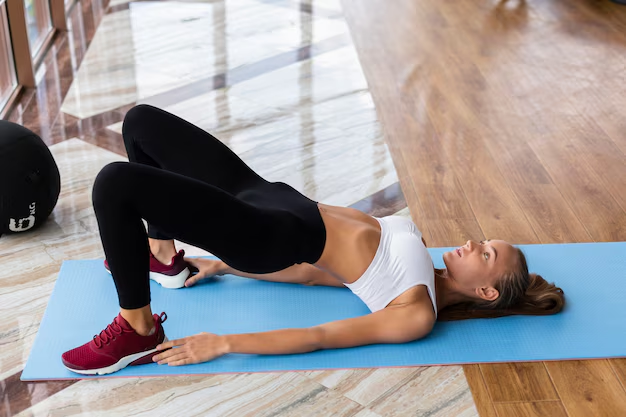Regain Control: Effective Strategies to Manage Urinary Incontinence
Struggling with urinary incontinence can be both uncomfortable and distressing, but the good news is that there are a variety of strategies available to help manage and even fix this condition. Whether you're dealing with mild leaks or more significant issues, understanding your options can empower you to make informed decisions about your health and well-being.
Identify the Type of Incontinence
Before diving into solutions, it's essential to understand what type of urinary incontinence you might be experiencing:
- Stress incontinence: Leakage occurs during physical activities like coughing, sneezing, or exercising.
- Urge incontinence: A sudden, intense urge to urinate, followed by involuntary loss of urine.
- Overflow incontinence: Frequent or constant dribbling due to a bladder that doesn't empty completely.
- Functional incontinence: Physical or mental barriers prevent you from reaching the toilet in time.
Consult with Your Healthcare Provider
It is crucial to consult with a healthcare provider to accurately diagnose your condition. A tailored treatment plan may include any combination of lifestyle modifications, physical therapy, or medical interventions.
Lifestyle Changes
Adopting some healthier lifestyle habits can make a big difference in managing incontinence:
- Diet and hydration: Limit caffeine, alcohol, and spicy foods that may irritate your bladder. Instead, focus on a balanced diet rich in fiber and stay hydrated with water.
- Weight management: Losing excess weight can reduce pressure on your bladder.
- Bladder training: Try to schedule bathroom use and gradually increase the time between voids.
Pelvic Floor Exercises
Research suggests that pelvic floor exercises, such as Kegel exercises, can dramatically improve or eliminate symptoms of stress and urge incontinence. Consistently strengthening these muscles helps support your bladder and urethra, reducing leaks.
Medications and Treatments
Depending on your type of incontinence, your doctor may prescribe medications that calm an overactive bladder or improve bladder emptying. In some cases, other treatments like pessary devices or urethral inserts might be recommended.
Surgical Options
For severe cases that do not respond to lifestyle changes or medications, surgical options like bladder sling surgeries or procedures to bulk up the urethral tissues could offer relief.
Seeking Support and Financial Resources
Understanding and managing urinary incontinence can sometimes stir up feelings of isolation, but remember, you're not alone. Many organizations provide emotional support and financial resources to help you tackle both health-related and monetary challenges.
Here's where you can find additional support:
- Government Aid Programs: Explore medical assistance programs that help cover the cost of incontinence supplies or treatments. Check for Medicaid or other state-level health programs.
- Financial Assistance: For patients struggling with medical bills, consider looking into debt relief options tailored for medical expenses.
- Credit Card Solutions: Some credit cards offer low-interest rates for medical expenses, which can be beneficial to manage costs discreetly and over time.
- Educational Grants: If incontinence is limiting your employment opportunities, vocational training grants may help you find more adaptable career paths.
Mapping out how to address urinary incontinence might feel daunting, but with the right approach and support, improvement is within reach. Empower yourself with knowledge, seek professional advice, and leverage the available resources for a healthier, more confident life.
Supportive Resources 🛠️:
- Medicaid: Provides financial help for healthcare, including supplies.
- Medical Billing Advocates: Assist in negotiating and managing medical debt.
- CareCredit: A credit card to help cover medical expenses.
- Vocational Training Grants: 🏫 Opportunities for new career paths.
- Community Health Helplines: Offer guidance and support.
Remember, gaining control over urinary incontinence often leads to gaining control over other areas of life. Don't hesitate to access these valuable resources for better management and peace of mind.

Related Topics
- a Patient You Are Caring For Uses Incontinence Briefs
- Are Incontinence Products Tax Deductible
- Are Incontinence Supplies Covered By Medicare
- Are Incontinence Supplies Tax Deductible
- Can a Bladder Infection Cause Urinary Incontinence
- Can a Kidney Stone Cause Incontinence
- Can a Urinary Tract Infection Cause Incontinence
- Can a Uti Cause Incontinence
- Can Constipation Cause Incontinence
- Can Constipation Cause Urinary Incontinence